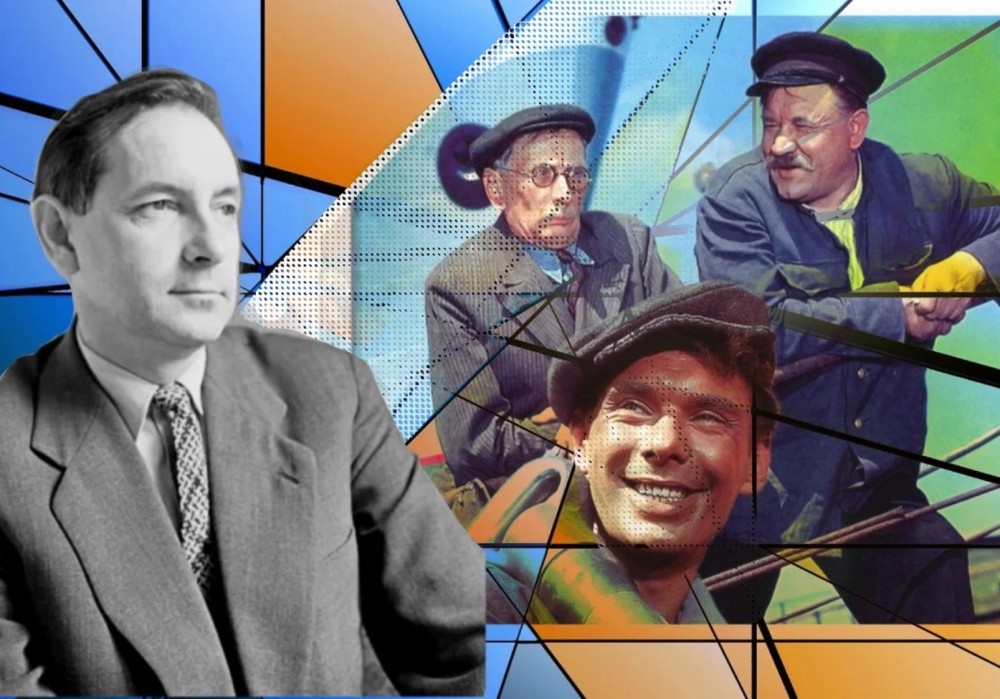
The article is devoted to the analysis of the working dynasties representation in the Soviet cinematography. The theoretical research model is based on several approaches: the continuity of generations concept; the concept of social capital and social production strategies; studies of the socio-professional structure in the Soviet society; studies of labor dynasties in Russian society; the concept of “the myth of the great family” and its application in the official discourse analysis. Analyzed information sources are 43 Soviet films released from 1920s to 1980s. The article substantiates the presence of several stages in the dynastic themes presentation in the Soviet cinematography. The periodization criteria are: 1) ideological conditions and assessment of the working dynasty potential in the Soviet society; 2) genre, visual-aesthetic and resource characteristics of the film production; 3) the nature of intergenerational translation of social and professional experience. The first period (1924−1953) is characterized by discursive negativity in the propaganda films of generational continuity in the parental family. The configurational type of social and professional experience transition dominates. At the second stage (1954−1965), in accordance with the ideology, the constructive potential of labor succession in the family is emphasized in the chronicles. This stage is characterized by a post-figurative type of generational continuity. At the third stage (mid60s-80s) there is ambivalence in the representation of working dynasties.
Source: Posukhova O., Klimenko L., Chelyshev S. (2021). Representation of Working Dynasties in Soviet Cinema: Inertia or Forcing. Media Education (Mediaobrazovanie). 17(2): 362-377
Source web-site: https://me.cherkasgu.press/journals_n/1623852798.pdf
Number of views: 1396